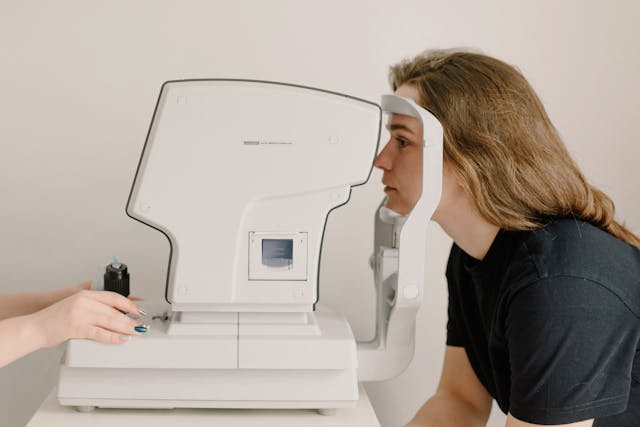Measuring the health of your radiators
The one nice thing about autumn is the fact that we can turn on the heating and cosy up in a little haven but if your radiators are making that strange, gurgling sound which usually happens when you have just settled down in bed it may be time to make some rudimentary checks.
Table of Contents
If your radiators do not come on at all:
- Look to see if your combi boiler is still set for just hot water. If so, re-set for heating and hot water.
- Check that there is no fault code popping up. That dreaded sign means you need to call in a professional.
If your radiators are giving you the choice between two temperatures; cholera fever in some rooms and the North Pole in others they could be unbalanced. To resolve this you should bleed and rebalance your heating:
To bleed:
- Turn on the radiators and find out which ones are not working.
- Turn your heating off. Lay an old towel underneath the one you are working on to catch excess water.
- Look for the bleed valve; this is a round hole with an indented square inside.
- Untighten the bleed screw with a flathead screwdriver. You can do this by turning the screwdriver anti-clockwise about a quarter of the way around. Allow sufficient time for the hissing sound to fade away; this tells you that all trapped air has been released, the valve will then start to leak water.
- Now re-tighten and hey presto! Normal service is resumed.
To balance your radiators:
- Turn the heating off and open the valves on all your radiators; these are the ones that have a white plastic cap on them. Pull the cap off and you will see what looks like the flat end of steel found on a standard screwdriver
- Switch on the heating and take note of how long each radiator takes to warm up.
- Turn the heating off again and wait for them to cool down. When they are stone-cold, switch the heating back on to locate the fastest heating radiator.
- Now, close the lockshield and re-open it with just a quarter turn. Using a digital thermometer, take a reading of the pipework next to the valve and the pipework on the opposite side of the radiator (where the thermostat is located).
- Note the difference in temperature. Open the lockshield until the difference between these two locations is 12°C.
- Now do the same for all the other radiators, starting from the warmest to the coldest.
Now all your radiators should heat up at the same time without one being faster than the other. To prevent them from seizing up next winter, try turning them on for twenty minutes or so during the spring/summer. Hey, it’s the UK, we are bound to have some cold days. This helps to keep everything chugging along nicely until Jack Frost starts nipping at our toes again. If you want more advice or would prefer to watch a tutorial on how to do these tasks check out Trade Radiators for more handy hints.

Sudarsan Chakraborty is a professional Blogger and blog writer. He lives and breathes in the blogging industry. He regularly writes on Widetopics to keep all the readers updated with the latest facts on wide range of topics.







